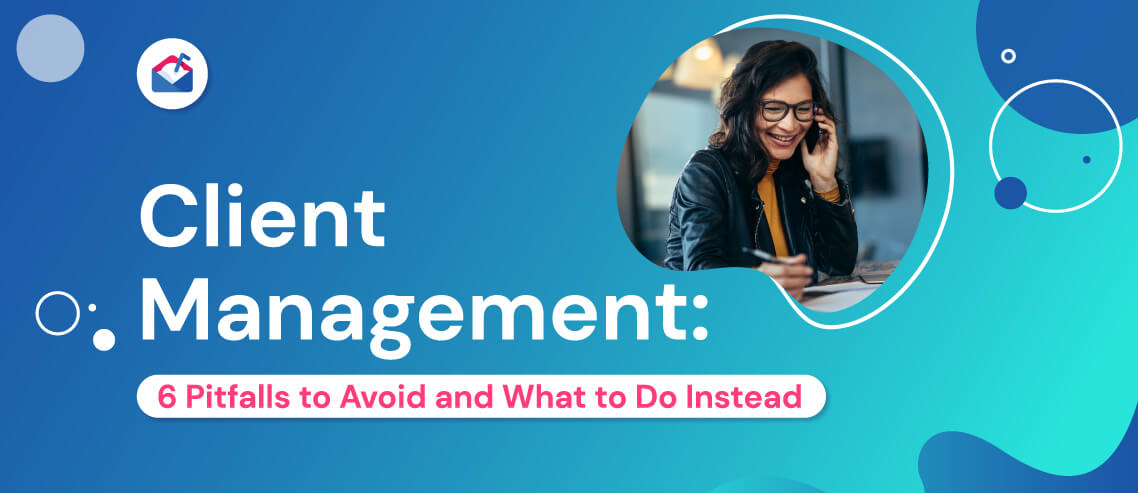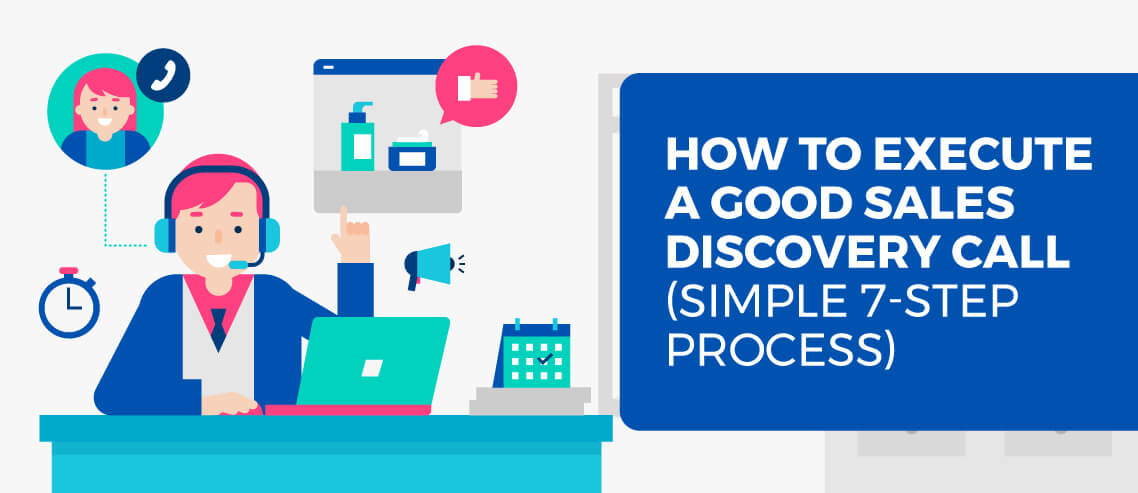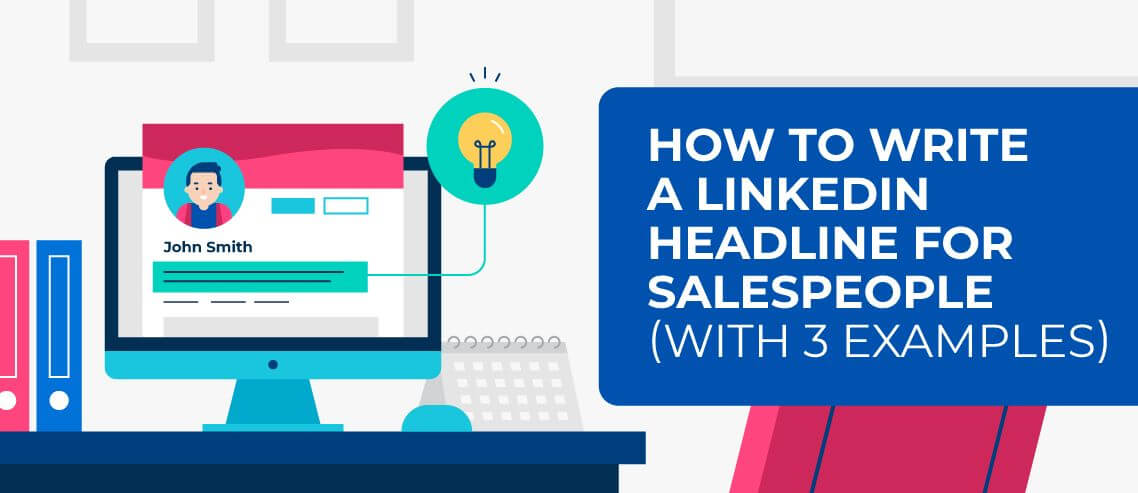4 Simple Steps to Building the Perfect Sales Process
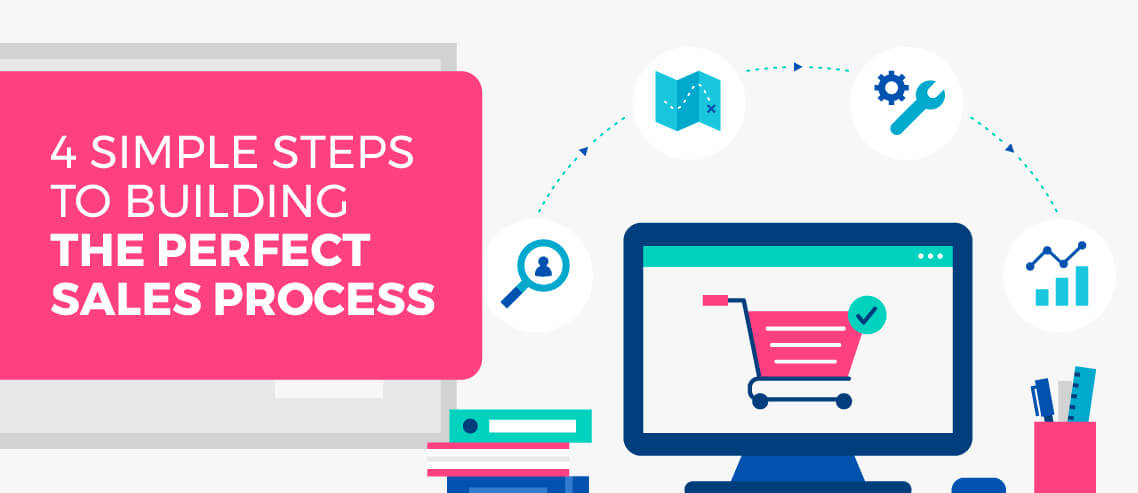
Contents
Sales is a combination of science and art: you have to solve a basic formula in a way that wows your prospects. I’ve consulted dozens of startups all trying to master this critical pairing, and it’s not easy.
Fortunately, the perfect sales process is not some elusive dream. It can be built. It just might surprise you how it gets built (hint: it has a lot more to do with what your ideal customer needs to experience than whatever you think you need to do).
#1 Start with the customer in mind, not the tools
Sales technology has gotten so advanced that we are starting to forget that a critical rule: Our tools shouldn’t dictate our processes — our processes should dictate our tools.
When you’re planning out your process, don’t worry about what software you’ve already bought. These days you can make most tools do what you need them to.
Start with your customer in mind. Think about the mindset they have before they learn about your product:
- What are the problems they’re experiencing and how are they trying to solve them today?
- What changes need to happen in their knowledge and attitude toward your product for a sale to happen?
Then design the steps you take around the path they must follow.
Here’s an example (written from the perspective of the customer):
- I have a problem with X that I’m willing to pay to solve
- I’m currently trying Y solution, but it’s (a) ineffective (b) overpriced [these should be based on your competitive product advantages]
- I learn about Product and wonder if it’s worth replacing what I’m doing now.
- I talk to a sales rep and can tell this company knows a lot about the problem.
- The rep makes me feel like she understands exactly what I’m struggling with and what to do about it.
- I find out the necessary details to make a decision and am starting to feel more confident that this solution can help me.
- The sales rep provides ample evidence of companies like mine that have found the benefits I’m looking for. I feel much more confident and can now explain to my team why we are making this transition.
- The buying process is easy and next steps are clear all along the way.
- I sign up and immediately am made to feel that my decision was right.
How much better is this as a starting point than: “Day 1: Email + Call. Day 2: Call and leave VM”
We’ll get there eventually, but the detailed steps aren’t important unless they take your future customer on the right path.
#2 Map your actions to the customer’s journey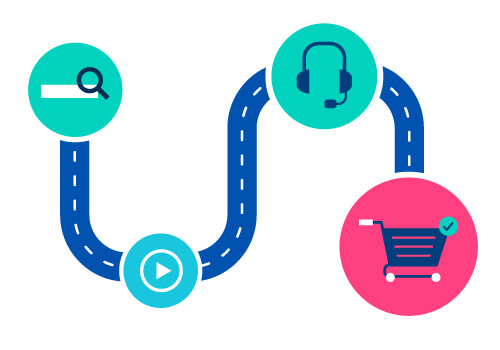
Personally, I use Lucidchart for all my process mapping. They make it insanely easy for me to create and share ideas (plus I just LOVE their brand)
Next to each step the customer needs to go through, write the corresponding actions you need to take to ensure the customer can take those steps.
Here’s an example from the customer journey I mentioned above:
- The rep makes me feel like she understands exactly what I’m struggling with and what to do about it.
- Need a discovery call framework that highlights the problem with statistics and high value questions that dig into the problem.
- Need customer stories that highlight each variation of the problem we solve.
- Need to ensure sales reps have all relevant data on the company ahead of the call so time is spent on valuable questions, not time wasters.
- Need to teach reps to actively listen. If we see reps struggling because they’re taking too many notes to really be present, we can put a call recording & transcribing tool in place so they can focus and get notes logged afterward.
- To help the customer feel like they’re getting personal engagement and all of our attention, we will use a video conferencing tool to show our reps’ faces (even if the client doesn’t turn on their camera).
Look at how much can be developed based on what the prospect needs to feel. Ditch the “best practices” – do what’s best by the customer.
#3 Map your actions to the tools needed to execute them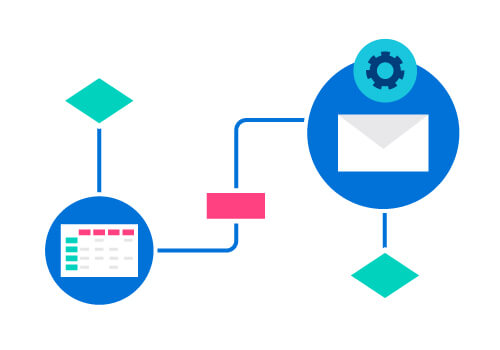
At this point you know what you need to do. Now you need to develop how to do it.
For example, if I need to design and distribute a discovery call framework, I have a few options:
- Add custom fields to my contact record in CRM based on necessary data to uncover during discovery
- Create a form for the rep to fill out while on the call (like a Google form)
- Generate a document outlining the questions to ask and have reps keep call notes
- Any combination of the above solutions
It’s finally time to start thinking about your own team and not your customer. Here are four questions to consider when developing each step in the process:
- Does this step contribute to helping our prospective customer make the right decision?
- Is this step adding any unnecessary complexity?
- Do we need to buy or implement a new tool to execute on this step?
- If we need a new tool, will the sales reps integrate it into their workflow?
#4 Measure and improve over time
If you think you’ll be able to design the perfect sales process right out of the gates, you’re setting yourself up for failure.
You should track your sales funnel metrics before implementing new changes, then after the change is implemented. This way you can make a decision based on real data, not feelings, about how a particular step in your process is affecting your sales output.
Here’s a list of some metrics you’ll want to track:
- Dial to connect rate
i.e. Out of your call attempts, how many conversations are you having with the intended contact? - Positive email response rate
i.e. Out of the emails you’re sending, how many prospects respond positively? - Conversion rate
i.e. Out of your first conversations, how many convert to a next sales conversation (meeting/demo)? - Sales accepted rate
i.e. Out of your next sales conversations, how many become a qualified sales opportunity? - Close rate
i.e. Out of your qualified sales opportunities, how many become a customer?
What has been your experience with building a sales process? Leave a comment below!


